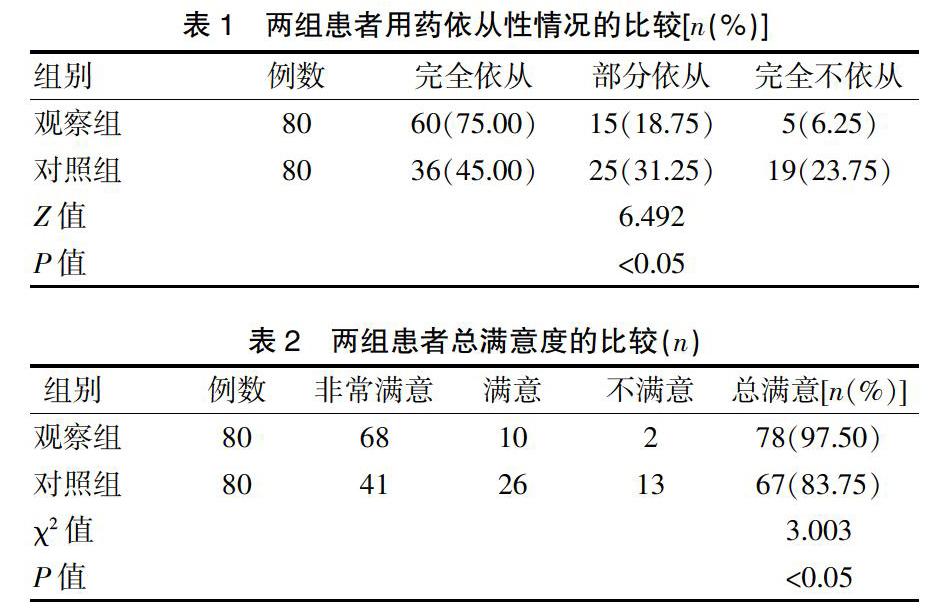沈阳市2014~2018年流行性腮腺炎流行病学特征分析
张智 董桂华 孙迎春

[摘要]目的 分析沈阳市流行性腮腺炎流行病学特征,为制定流行性腮腺炎的有效防制策略提供科学依据。方法 采用描述流行病学方法对2014~2018年沈阳市流行性腮腺炎疫情资料进行分析。结果 2014~2018年沈阳市共报告流行性腮腺炎病例4535例,年均报告发病率为10.9752/10万,2016年发病率最低为10.0350/10万。流行性腮腺炎病例在时间上呈双峰分布,4~7月病例最多(43.93%);城区、郊区的发病率高于农村地区;病例中男性多于女性,男女性别比为1.5321∶1;报告病例年龄分布主要集中在0~14岁,占全部报告病例的79.18%;主要发病人群为学生、幼托儿童和散居儿童,占报告病例的84.26%。结论 沈阳市2014~2018年流行性腮腺炎发病率整体呈下降趋势,2017~2018年疫情出现小幅上升。
[关键词]流行性腮腺炎;发病率;流行病学特征;疾病控制
[中图分类号] R373.1+6 [文獻标识码] A [文章编号] 1674-4721(2019)7(c)-0171-04
[Abstract] Objective To analyze the epidemiological characteristics of epidemic mumps in Shenyang city, so as to provide scientific basis for formulating effective prevention and control strategies of epidemic mumps. Methods Descriptive epidemiology method was conducted to analyze the epidemiological data of epidemic mumps in Shenyang city from 2014 to 2018. Results A total of 4535 cases with epidemic mumps were reported from 2014 to 2018 in Shenyang city, and the average annual incidence rate was 10.9752/100 000. The lowest incidence rate in 2016 was 10.0350/100 000. The epidemic mumps cases showed a double peak distribution in time, with the largest number of cases from April to July (43.93 %). Urban and suburban areas were more affected than rural areas. There were more males than females, with a ratio of 1.5321∶1. The age distribution of reported cases was mainly from 0 to 14 years old, accounting for 79.18% of all reported cases. Students, nursery children and scattered children were the main groups, accounting for 84.26% of the reported cases. Conclusion The overall incidence of mumps in Shenyang city from 2014 to 2018 shows a downward trend, and the epidemic situation increases slightly from 2017 to 2018.
[Key words] Epidemic mumps; Incidence rate; Epidemiological characteristics; Disease control
流行性腮腺炎由腮腺炎病毒感染引起的儿童、青少年常见急性呼吸道传染病,还可侵犯神经系统及各种腺体组织,引起脑膜炎、脑膜脑炎、睾丸炎、卵巢炎和胰腺炎等。2010年沈阳市将麻疹-腮腺炎-风疹联合疫苗(MMR)纳入免疫规划一类疫苗管理,同年完成2008年以后出生儿童MMR的补种,适龄儿童一剂次MMR疫苗覆盖率达到95%以上,对流行性腮腺炎的预防控制工作起到了重要作用。但近年流行性腮腺炎发病率出现上升,为及时掌握流行性腮腺炎的流行病学特征,制定有效的防制措施,现对沈阳市2014~2018年的发病情况进行分析,现报道如下。
1资料与方法
1.1一般资料
2014~2018年的流行性腮腺炎发病数据和人口数据来源于中国疾病预防控制信息系统。
1.2统计学方法
采用描述性流行病学方法,利用Excel 2010 软件对沈阳市2014~2018年流行性腮腺炎发病情况进行数据统计分析,采用SPSS 18.0统计学软件进行数据分析,计数资料采用率表示,组间比较采用χ2检验,以P<0.05为差异有统计学意义。
2结果
2.1 疫情情况
2014~2018年沈阳市共累计报告流行性腮腺炎4535例,无死亡病例。其中2014年报告发病率最高,2016年最低,2017~2018年发病率出现上升,5年的平均报告发病率为10.9752/10万,疫情总体呈下降趋势(表1)。

